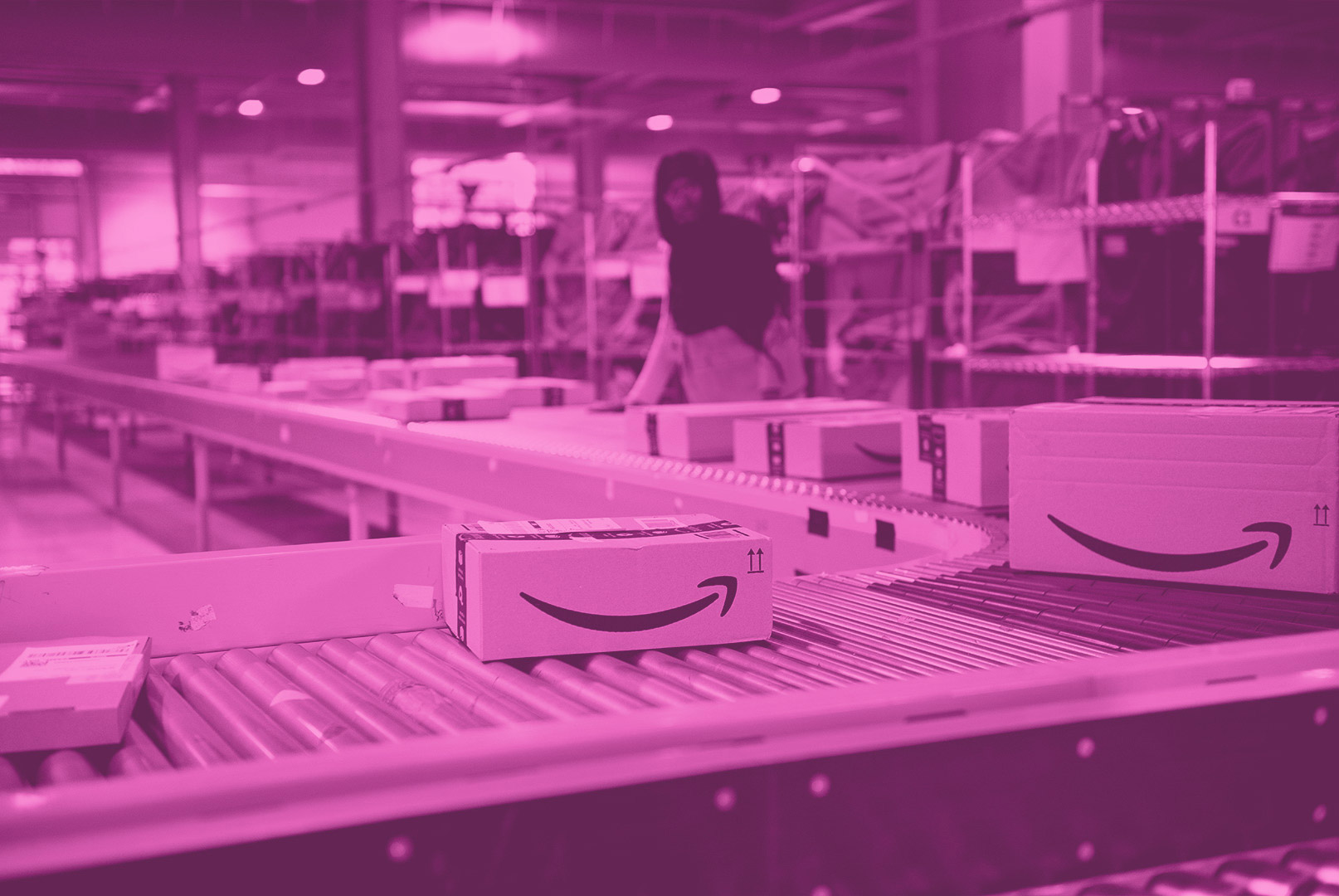Brand expert view – Amazon

Amazon has grown dramatically since it was founded in 1994, and the past 12 months have been no different. Continuing its march to global dominance, half of all product searches in the US start on Amazon, 150 million people subscribe to Prime, 7 in 10 smart assistant devices in the US are the Amazon Echo, and AWS is the market leader for cloud computing. Amazon has embedded itself into the daily lives of its customers to the point of being almost essential.
There are two fundamentals to Amazon’s growth and success: a relentless focus on the customer, and an entrepreneurial spirit. This comes through in what it’s famous for, convenience and fulfilment. It knows no one can beat its ability to find, buy and deliver quickly and simply. The Amazon brand embodies this in every aspect of its products, services, and marketing.
Of course, with immense growth comes immense scrutiny. Amazon is a set of very powerful commerce-related systems, holding huge influence over sellers, competitors and customers. This has brought the attention of anti-trust investigations in the US and Europe, for AWS as well as its marketplace.
Customers are starting to question the quality and transparency of marketplace products. Amazon knows this, and its various campaigns in the last year have been crucial in addressing – and assuaging – these concerns.
Pop-up ‘clicks & mortar’ stores appeared in the UK, shining a light on small businesses and putting weight behind Amazon’s support for ‘the little guy’. TV ads of singing boxes in the back of a cheerful delivery driver’s van showcasing their happy staff. ‘Toys for Tots’ allowed generous customers to use their Alexa powered devices to donate toys to children in need, using Amazon products for good.
All was well. And then the global pandemic hit.
While the world shut down, Amazon was the Everything Store millions turned to. At the outset, it struggled to meet demand as products sold out. It faced issues in its fulfilment centres and questions around its ability to adhere to social distancing. It cut 4,000 seller accounts and 500,000 products for price hiking.
But it was still essential. So, it has bounced back. In April it hired an eye-watering 175,000 temporary workers to help meet demand, and the recruitment drive took over TV ad breaks. It later confirmed that 125,000 would be made permanent – even under intense scrutiny, Amazon continue to make strategic decisions that resonate with consumers.
Looking ahead, Amazon will continue to expand and diversify. Its risk-reward culture has made AWS a huge commercial success, and with Prime, Echo, Ring and Twitch, it has taken on content, consumer technology, security and gaming. Amazon has already moved into people’s homes; will we be prepared to welcome the brand into even more of our lives? Amazon certainly believes it knows the answer to that.
Its power and influence will need careful management, and it is sure to face many more unforeseen hurdles. But if the last 30 years of success, innovation and entrepreneurship are anything to go by, Amazon will continue to smile from A to Z.
Download the full report at www.mostconnectedbrands.com




